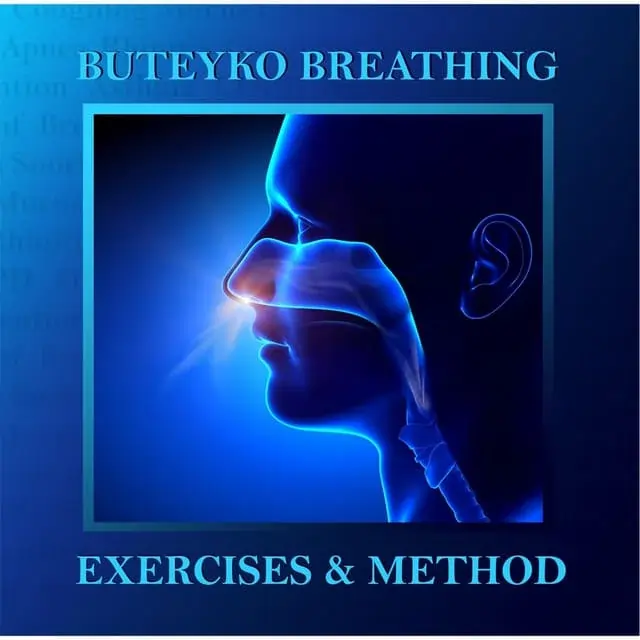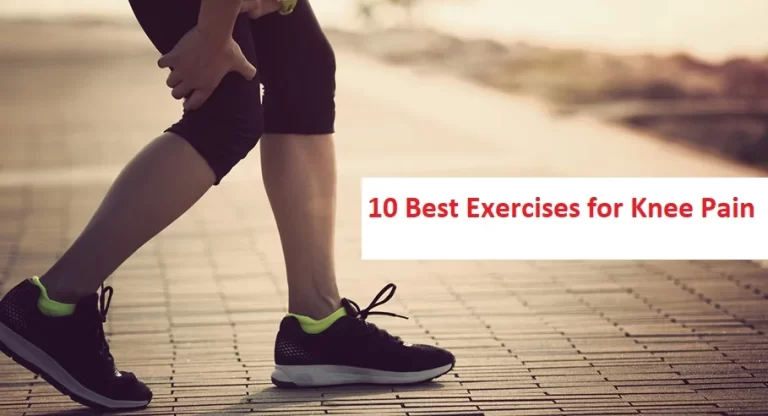Buteyko breathing exercise: Health Benefis, Types, & How to do?
Table of Contents
What is Buteyko breathing exercise?
Buteyko breathing technique was created by dr bk in 1950. this therapeutic breathing method involves the use of breath retention exercises to control acceleration and volume of breath. this therapy teaches slowly calmly and effectively the use of this breathing exercise is for asthma patients. it is also based on assumption that numerous medical conditions. The method appears to restore breathing patterns through chronic repetitive breathing exercises to right in an increase in blood pressure that in turn will teach and cure any other conditions of increase in blood pressure This therapy includes nasal breathing, breath-holding, and relaxation.
The Buteyko method has not been seen to relieve symptoms and depends on rehabilitation for patients with asthma, chronic obstructive pulmonary disease, and an increase in blood pressure. The Buteyko technique is just one of several breathing retraining methods in use for treating lung diseases, including normal techniques and alternative breathing techniques such as yoga. this technique maintains oxygen and carbon dioxide ratio.
What are the Health benefit of Buteyko breathing exercise?
- enhance breathing control
- help to stop breathlessness
- to help to stop wheezing, coughing
- shortness of breath
- reducing systolic blood pressure
- increase the amount of oxygen in the body and expand the rescue of toxins with carbon dioxide
- improve exercise tolerance
- effective in coughing capacity
- decreases secretion in lung
- this technique not having supervision or equipment self-sufficient manage condition.
What are the procedure of Buteyko breathing exercise?
The Buteyko exercise is based on the concept that silent or un-diagnosed high blood pressure is the underlying cause of various medical conditions, including asthma, lung condition, and chronic obstructive pulmonary disease.in asthma patient, Buteyko breathing aims to lower minute pressure and thus decrees carbon dioxide (CO2) levels
Buteyko breathing performs breathing more sensitively and less quickly. patient will grasp to breathe slowly and deeply, which maintains your breathing pattern.
It involves exercises that learn you to hold your breath and abstain from breathing. it suggests that long time the breathing technique will become a natural part of your daily life
for beginners
When you perform Buteyko breathing, it is necessary to breathe in and out using your nose. at any time you experience anxiety, shortness of breath, or intense discomfort, stop the breathing technique the practice, and breathe normally. As you practice longer time you may be able to hold your breath for more seconds and hold your breath for 1 to 2 min.
Preparation for patient
- it is on a chair or a bed.
- extend your spine to maintain an upright posture.
- your respiration muscles should be normal.
- Breathing normal pattern.
What are the type of Buteyko breathing exercise?
- Nasal breathing
- Reduced breathing exercises
- Relaxation
Nasal breathing
The Buteyko breathing technique accent the importance of nasal breathing, which completes the airways by humidifying, warming, and cleaning the air entering the lungs. More asthmatic patients have problems sleeping at night, and this is thought by Buteyko performers to be included with poor posture and unconscious mouth breathing. By keeping the nasal airway clear and encouraging nasal breathing during the day, night-time symptoms can also enhance. Strictly applying nasal breathing during physical exercise is one more key substance of the Buteyko breathing technique.
Reduced breathing exercises
The core Buteyko exercises enhance breath control purposely reducing further breathing rate or breathing volume. Many people refer to Buteyko as ‘breathing reorientation’ and collate the technique to training to ride a bicycle. Once time has been spent practicing, the techniques become automatic and the exercises are gradually phased out as the condition enhances.
Buteyko uses a measure called the Control Pause (CP), the amount of time between breaths that an individual can comfortably hold breath. According to Buteyko practitioner, people with asthma who daily practice Buteyko breathing will notice a rise in CP and reduce in pulse rate which corresponds to reducing asthmatic symptoms
The control pause procedure
- After a relaxed exhalation, hold your breath.
- The therapist uses his index finger and thumb to spiel your nose.
- hold on to your breath until you feel the full to breathe, which may involve a reflex movement of your diaphragm muscle, and then inhalation.
- Breathe normally for at least 10 seconds.
- Repeat 10 to 15 several times
Relaxation
patient with asthma and chronic obstructive disease is an important factor of Buteyko practice. The first feeling of asthma and Chronic obstructive pulmonary disease (COPD) disease is upset and can result in a short period of rapid breathing. By controlling this manner of breathing phase, asthmatics can prevent a “dangerous of over-breathing” it may start spiraling into an asthma attack. This theory maintains that asthma attacks may be prevented simply by breathing less.it will be called maximum pause The relaxation component also helps reduce the anxiety associated with respiratory reduce stress during the asthmatic condition
The Maximum Pause procedure
- After a relaxed expiration, hold your breath.
- patient use his first finger and thumb to plug his nose.
- maintain your breath for as long as possible, which is usually twice or thrice measure of time of the Control Pause.
- when you reach maximum expiration or point of moderate discomfort, inspiration.
- Breathe normally for at least 10to20 seconds.
- Repeat 5 to 6 times
Buteyko breathing exercise video:
What are the indication of Buteyko breathing exercise?
- asthma
- Chronic obstructive pulmonary disease (COPD)
- hypertension
- epilepsy
- serious medical condition
- heart disease
- sleep apnea
- breathlessness
- anxiety
- lung conditions
- any discomfort of breathing pattern
What are the contraindications of Buteyko breathing exercise?
- bronchospasm
- hypotension
- decrees in heart rate
- pneumonia
- airway spasm
- homeostatic chemical reaction in body
- hepatic condition






2 Comments